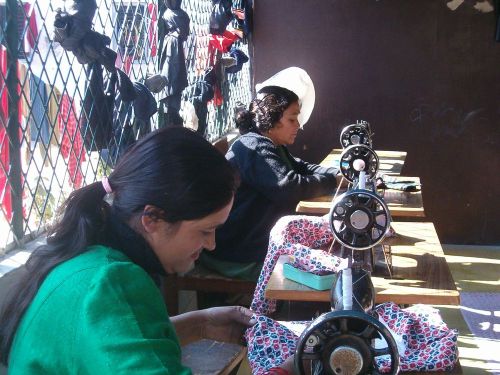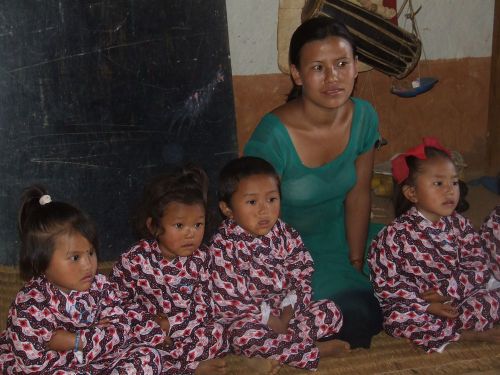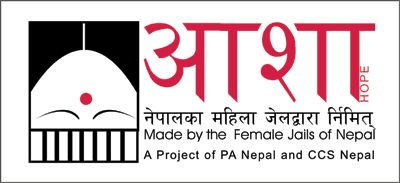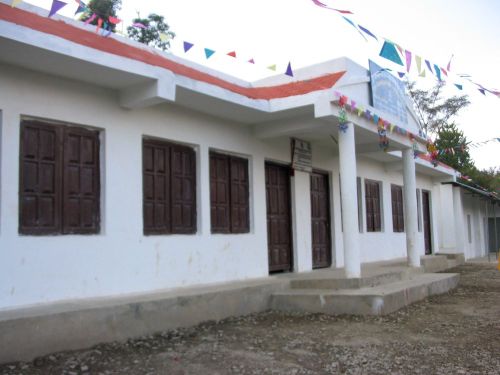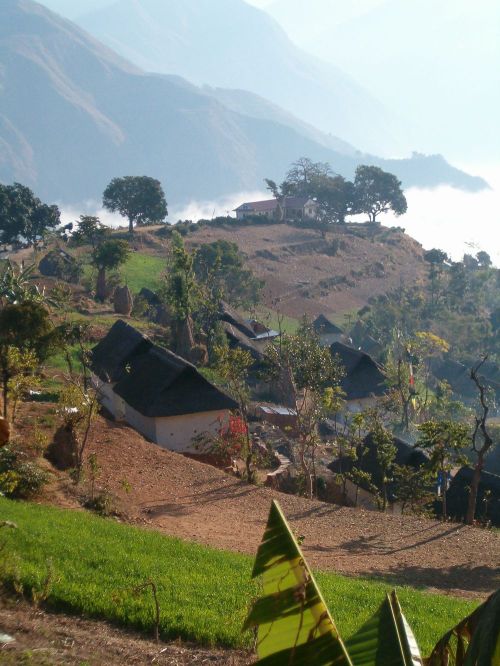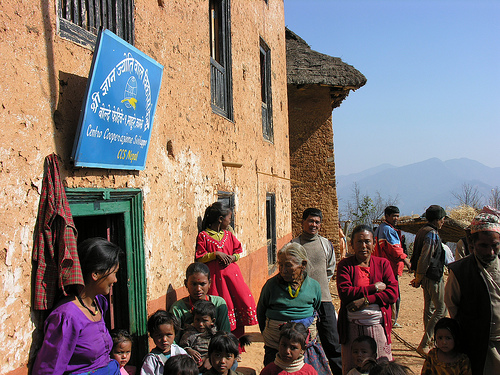 In spite of the political crises, it seems that the SWC – Social Welfare Council (newly reformed) is operating in evaluation and monitoring INGO projects.
In spite of the political crises, it seems that the SWC – Social Welfare Council (newly reformed) is operating in evaluation and monitoring INGO projects.
We went to the villages of Kavre where the projects of CCS Italia are collapsing and the people received a visit from SWC officers. People explained them that since 2003 they are cooperating with CCS Italy throughput a sponsorship program directed to help children, family and community.
They told them that since two years all has been severely reduced as local operators described in past posts.
They told them that the still give pictures and photos of their children but no more help is given to them.
They told them that an Italian sponsors give to CCS Italy around Rs. 18.000 (yearly) and CCS Italy officers proposed to 42 local SMCs (School Management Committees) agreements which stated only Rs. 4.500 (yearly) for each children.
They told them that the nepali officers of CCS Italy which proposed this shame gain around Rs. 100.000 each month.
So people hope that this words will be written in the reports of SWC, not as last year when the same critics were shelved.
We spoke with people and they decided to stop this kind of robbery. If the CCS officers still use the money of our children to get high salry and benefits they could give to Italian sponsors their picture. We stop to give those of our children, If nothing is going to change in Kathmandu and Italy we organize a julus (people demonstration) to CCS office to ask for changing the thieves. We ask the Italian sponsors to press the CCS Italy HQ in order to utilize the fund they collect for our children as before, it means for the benefits of children, schools and community.
From Thulo Parsel, Mani Lama


